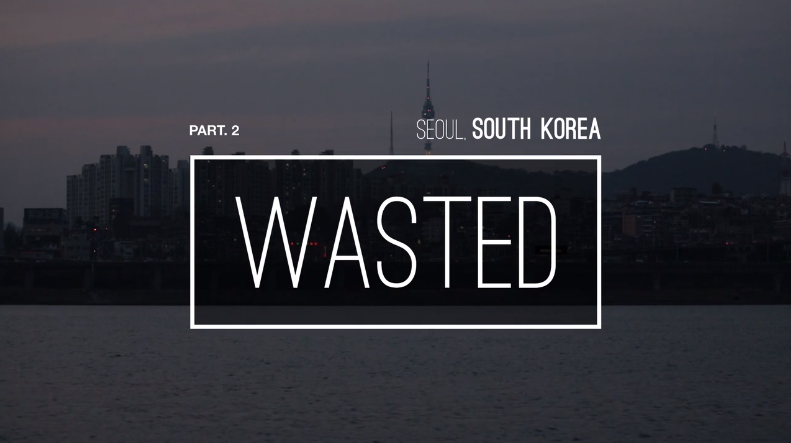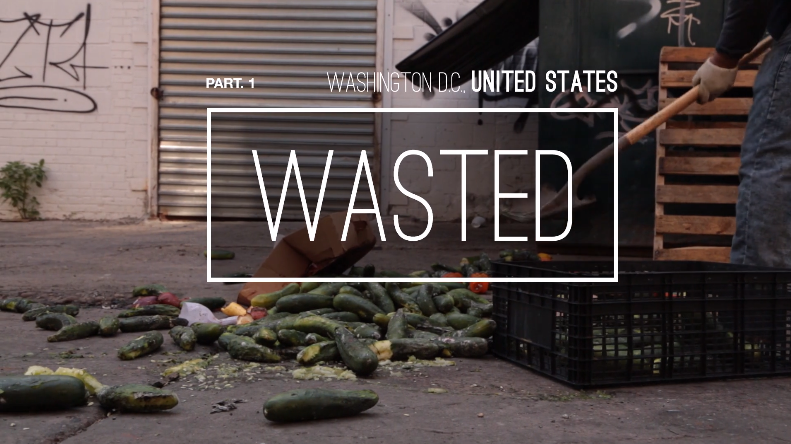Lesson Plan June 23, 2016
Culture of Waste: The Gap Between Food Waste and Food Insecurity
Country:
Grades:
- In Karim Chrobog's article, "Wasted USA", reforming expiration dates is referred to as potentially being the "lowest hanging fruit" in the fight to reduce food waste. What do you see as being the starting point for changing food waste practices? Does change start on the individual level, with agricultural practices, or with policy?
- What do you see as being the biggest obstacle to addressing food waste in the U.S.?
- What do you think about South Korea's food waste solution? Could something like this work in the U.S.? Why or why not?
In 2013, 133 billion pounds of food worth $161 billion was lost across the U.S., making America the world's largest producer of food waste. While millions of people around the world, including 48.1 million within the United States, struggle to have enough to eat, food waste in America continues to be a pressing concern. Many factors contribute to the continuous waste and disposal of edible food in the United States, but one thing is certain, there is a cultural devaluing of food at play here and a cultural dependence on convenience that allows this trend to continue. Not only does excessive food waste spoil an opportunity to feed the millions of people starving in the world, but it also is responsible for dramatic greenhouse gas emissions and a massive waste of resources in the U.S. Tackling the issue of food waste offers a significant opportunity to feed the world's hungry and alleviate their suffering while also reducing our environmental impact and engineering more socially responsible ways to approach the agriculture and food industries.
Using the resources provided to the right, as well the National Geographic article included here, research food waste practices in America and the impact that food waste is having on individuals as well as the environment. Also using the resources, familiarize yourself with the policies that South Korea has implemented in order to address this issue. Finally, try to answer the questions provided in order to explore what steps the U.S. can take to begin to address this issue.
While some of the resources for this module are similar to one another, and at moments even contain the same information, each of them is unique and offers new information on how food waste actually operates and what impact it is having. Read carefully, and synthesize the information for maximum impact.
REPORTING FEATURED IN THIS LESSON PLAN
-
 English
EnglishProject
Wasted
About a third of all the food we produce goes to waste. What we thoughtlessly leave to rot in fields...








